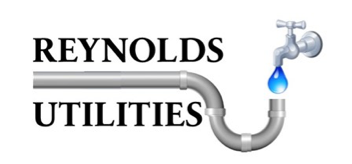Cold Weather Tips
Don't Let Your Water Pipes Freeze
When the temperature drops below freezing, the water pipes (and water meter) in your home can freeze and burst. The following tips are just a few ways in which you can prevent costly problems.
Know where the pipes in your home may be vulnerable to freezing
- Crawl spaces, outside walls, outside faucets, unheated rooms, basements, garages, and attics
Know the location of your main water shut-off
- If a pipe freezes or bursts, shut off the water immediately
- The shut-off valve is usually located along a basement wall next to the water meter or where the water supply enters the building
Protect your pipes
- Wrap exposed pipes with insulation. If you use heat tape, check it every year to ensure that it is still working
Protect your meter
- Make sure the lid on your outdoor meter is tightly closed and the pipes are well insulated or wrapped with heat tape
Drain water lines to outside faucets
- Disconnect garden hoses and shut the valve off from the inside if possible
- Drain the water from the pipes leading to the outside spigot
Always store a jug or two of water in your refrigerator
- Just in case you need it for drinking or washing.
When Temperatures Drop Below Zero!
Open a faucet and run a small trickle of water to keep pipes from freezing.
- The cost of running extra water will be a fraction of the cost of plumbing repairs.
Open doors to cabinets located on exterior walls to expose water pipes to warmer room temperatures.
If Your Pipes Freeze
- Shut the water off immediately.
- Do not attempt to thaw frozen pipes until you have turned off the water.
- Apply heat to the frozen pipe by either warming the air around it or by heating it directly.
- Do not use an open flame to thaw pipes.
- Once the pipes have thawed, turn the water on slowly and check for leaks.

